PVC Cable Joints: An Integral Component for Robust Piping Systems
PVC cable joints are essential elements in the construction of durable and efficient pipe systems. These components are pivotal in ensuring a seamless connection between sections of pipes, particularly in areas where electrical wiring is a consideration. The versatility of PVC fittings makes them suitable for a wide range of applications, from residential to commercial infrastructure.
Types and Applications of PVC Joints
There are various types of PVC pipe fittings designed to meet the diverse needs of piping systems. Each type serves a specific function, whether to change the direction of the piping, such as with elbows, or to allow for future connections with tees. The applications of these fittings are vast, ranging from indoor plumbing to larger scale water infrastructure and electrical conduit systems. The selection of the appropriate PVC joint is critical to the system's overall functionality and longevity.
Features and Advantages of PVC for Cable Jointing
The features of PVC pipe fittings include a smooth inner wall surface, which reduces resistance and facilitates easier cable management. This smoothness is crucial in minimizing the risk of cable snagging and damage during installation. Additionally, PVC's lightweight nature simplifies handling and installation processes, while its cost-effectiveness makes it an attractive option for extensive piping networks. The material's inherent properties also contribute to its longevity, offering a reliable solution for cable jointing needs.
Material Considerations for Piping Systems
When selecting materials for pipe systems, it is important to consider the type of fluids or cables they will accommodate. PVC cable joints are well-suited for a variety of environments due to their resistance to a range of chemical interactions. For more demanding conditions, such as underground installations, alternatives like copper fittings may be considered for their corrosion resistance and durability. The choice of material directly impacts the performance and maintenance requirements of the pipe system.
Additional Components in Pipe Fitting
Beyond the primary joints, additional components play a significant role in the integrity of a piping system. For instance, P-traps are crucial in preventing odors by maintaining a water seal against sewer gases. Similarly, pipe caps are employed to terminate lines and safeguard pipe threads. These components, while often less considered, are integral to the comprehensive functionality of the piping network.
Choosing the Right PVC Cable Joints
In conclusion, the selection of PVC cable joints and related fittings is a decision that should be made with careful consideration of the system's requirements. Factors such as the environment, the type of cables or fluids being conveyed, and the specific application all influence the choice of the most suitable PVC joint. With a broad spectrum of PVC fittings available, finding the right fit for any piping system is achievable, ensuring a robust and efficient network.










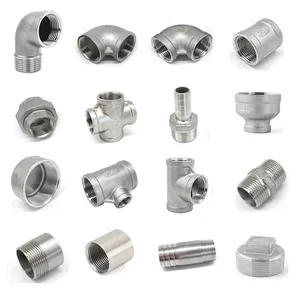












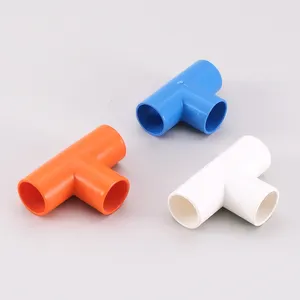









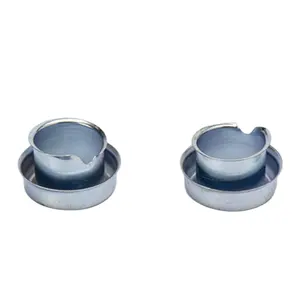
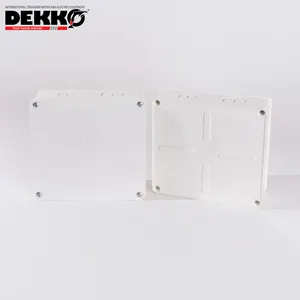



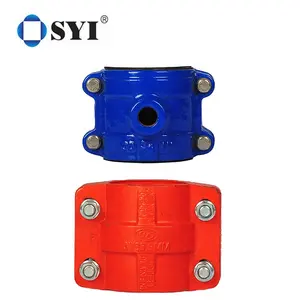

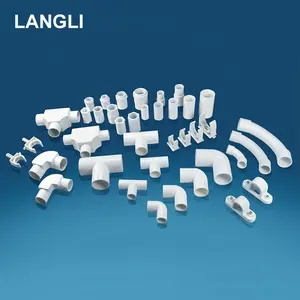







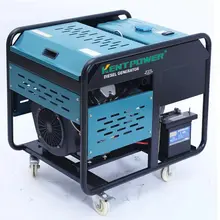
























 浙公网安备 33010002000092号
浙公网安备 33010002000092号 浙B2-20120091-4
浙B2-20120091-4